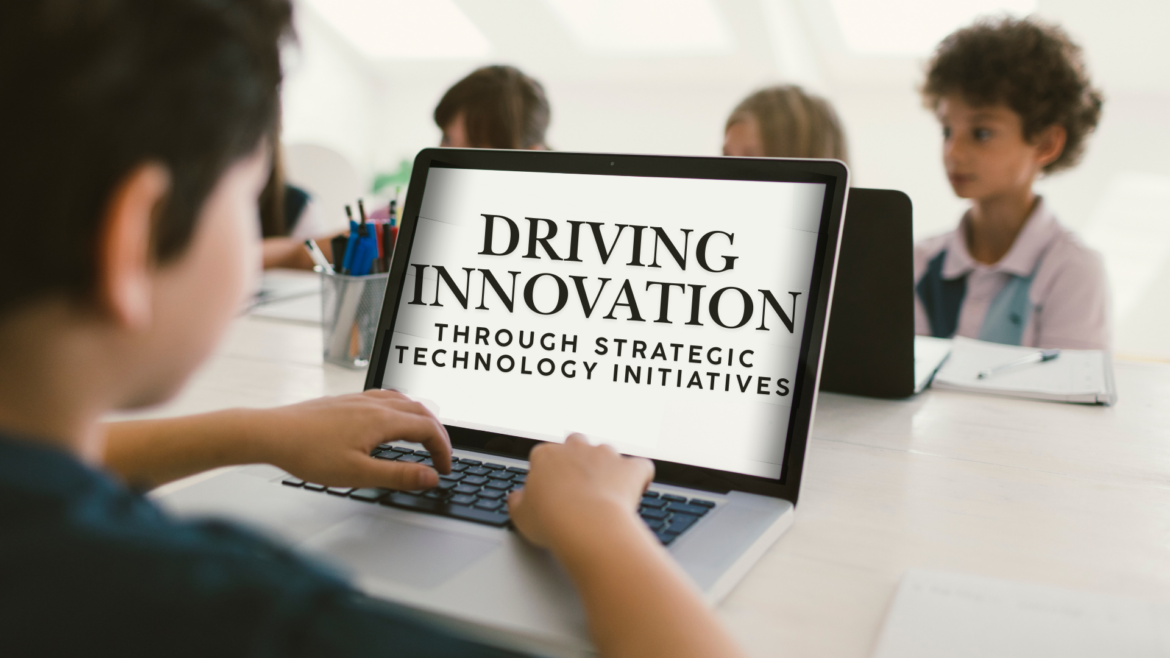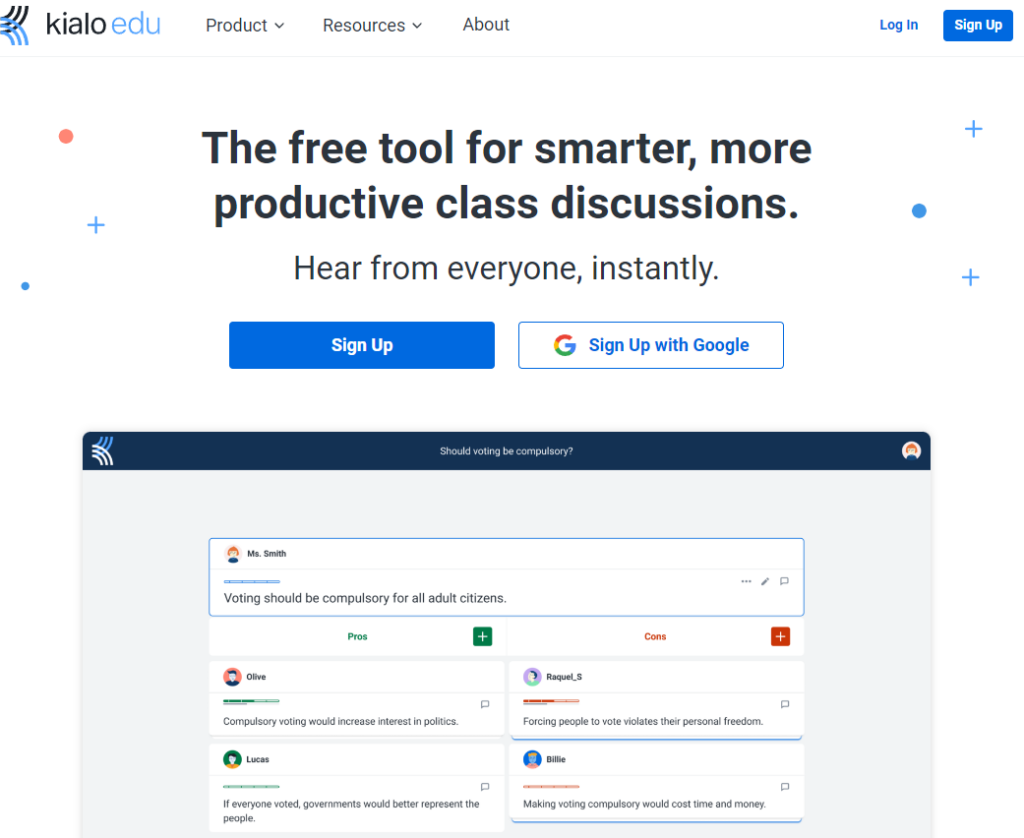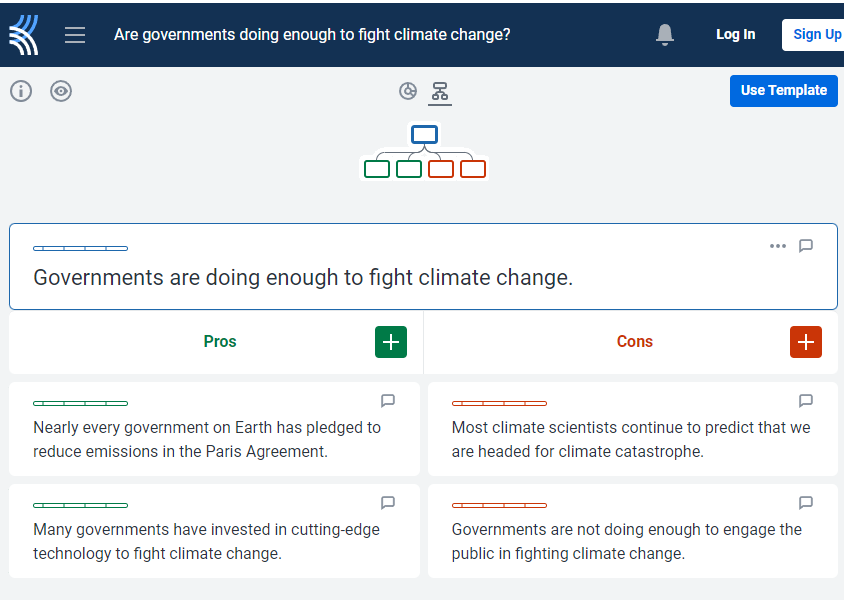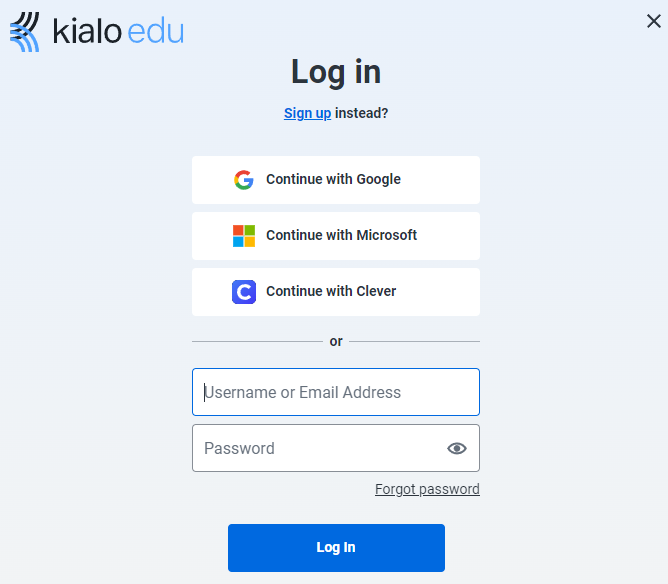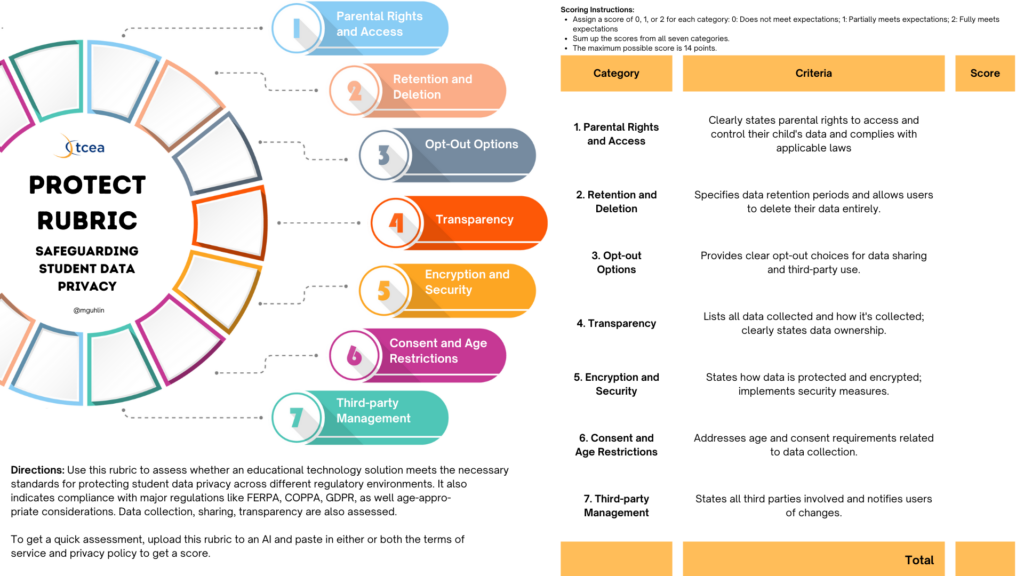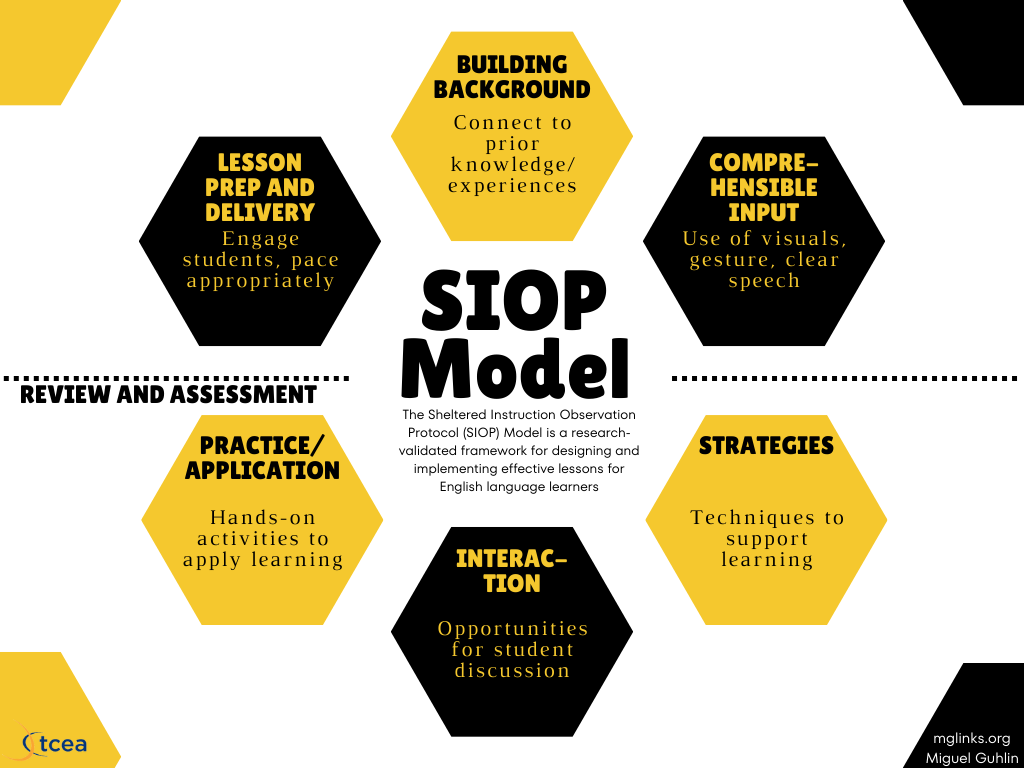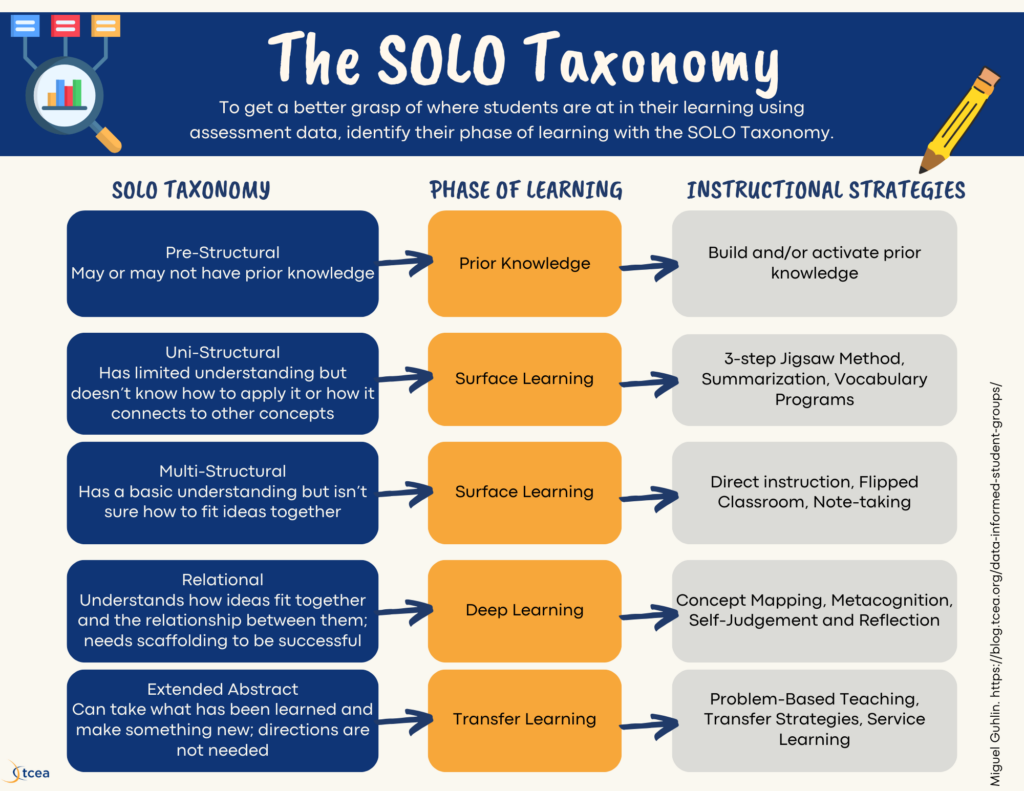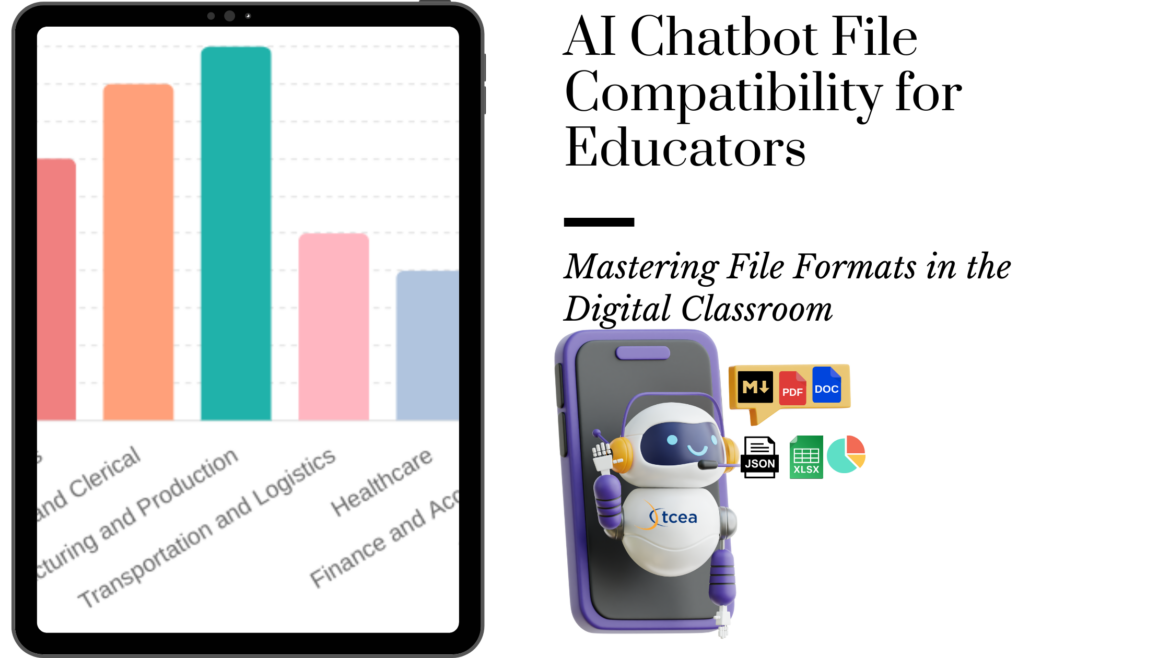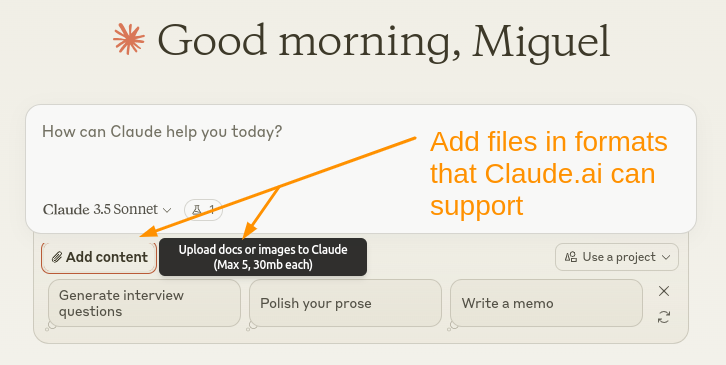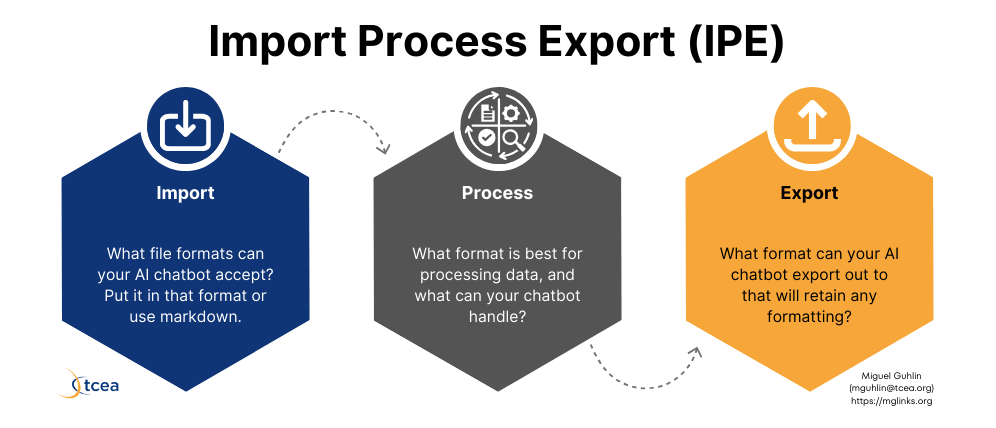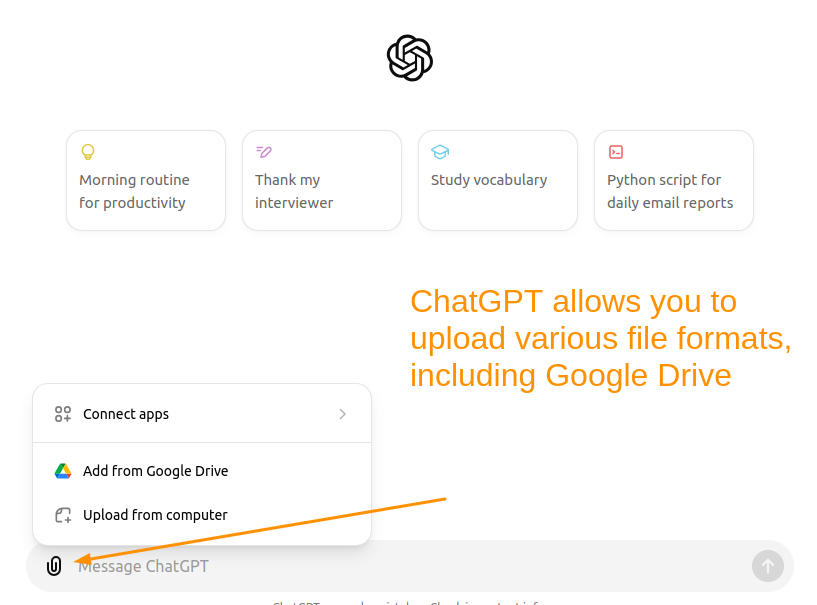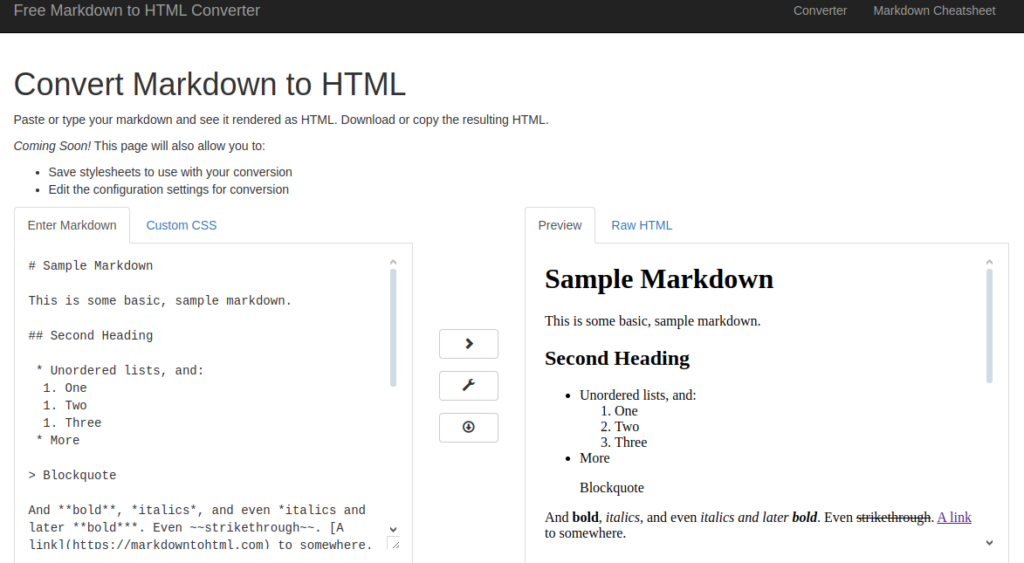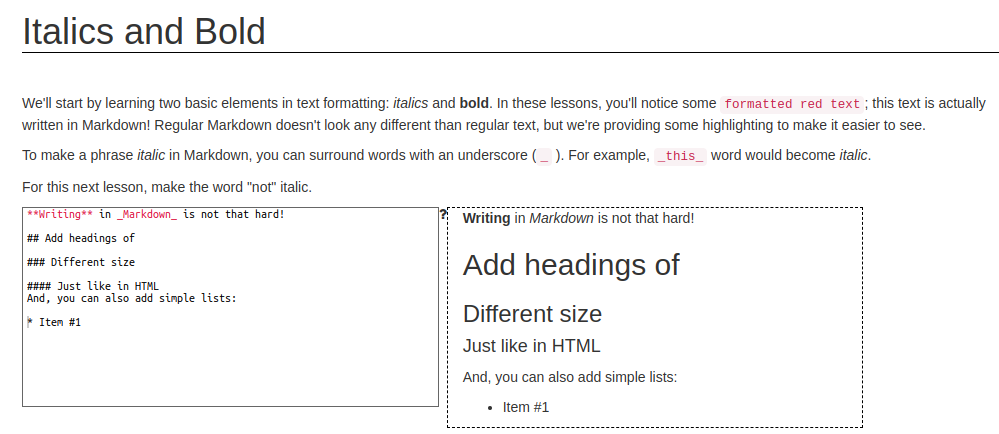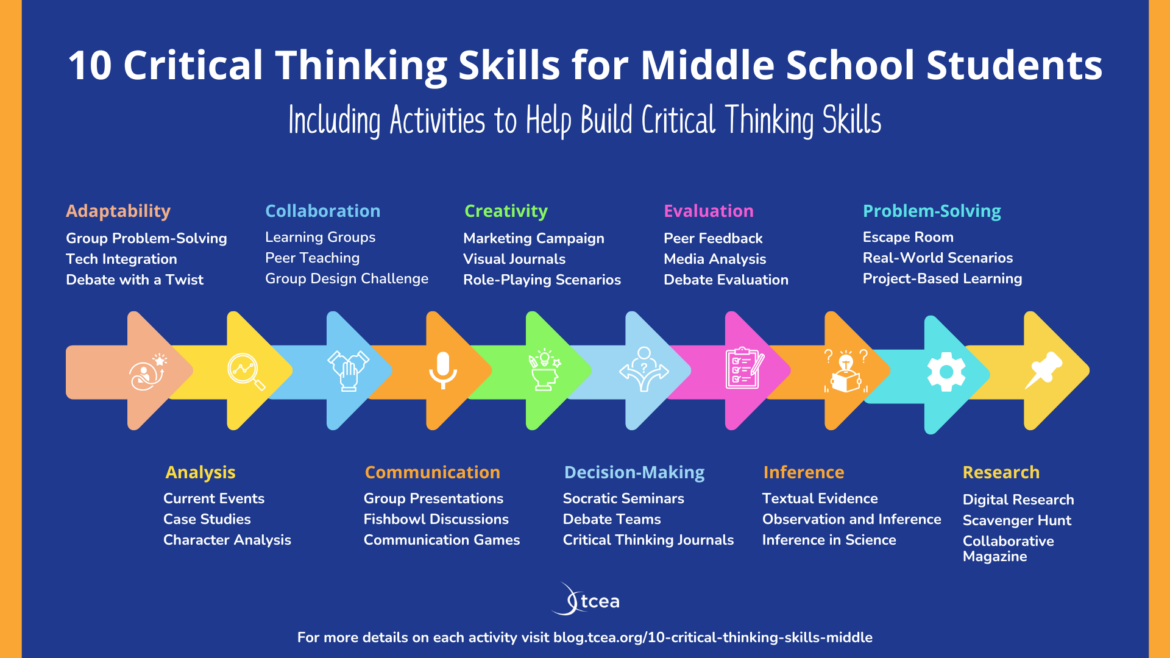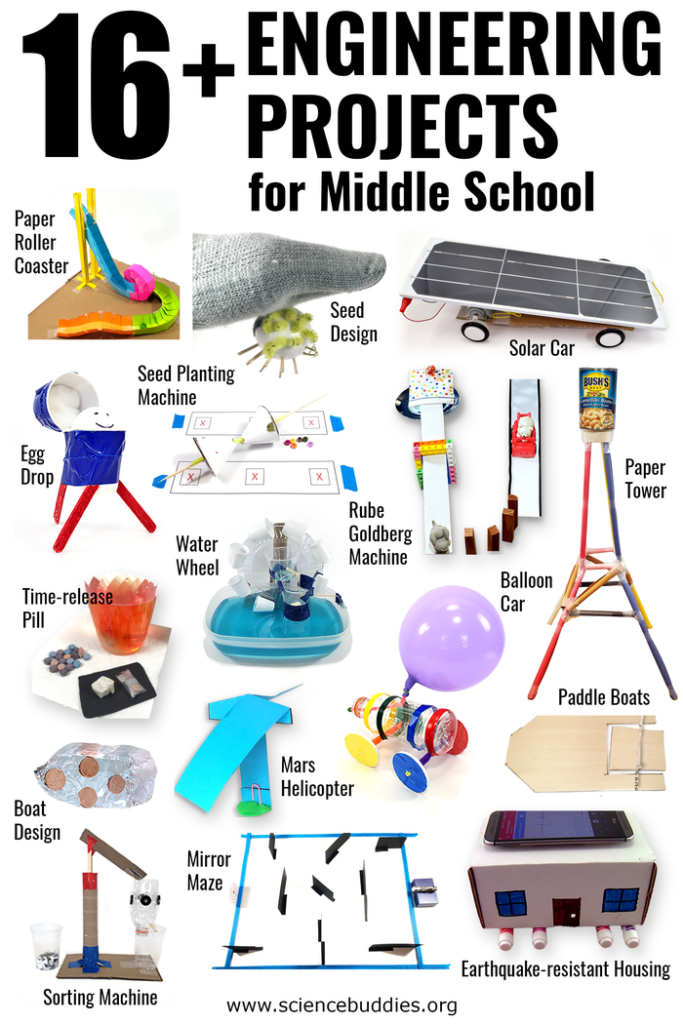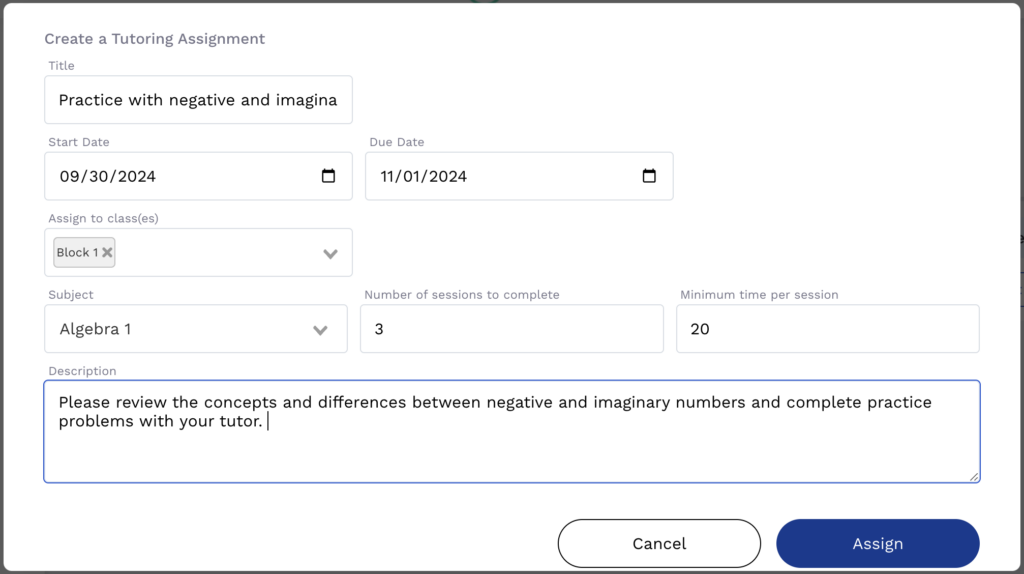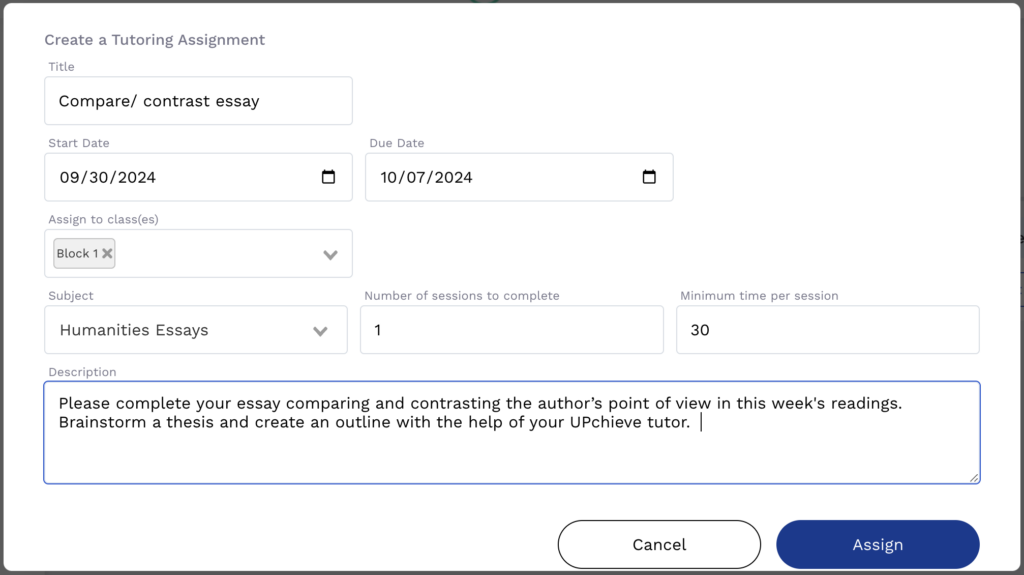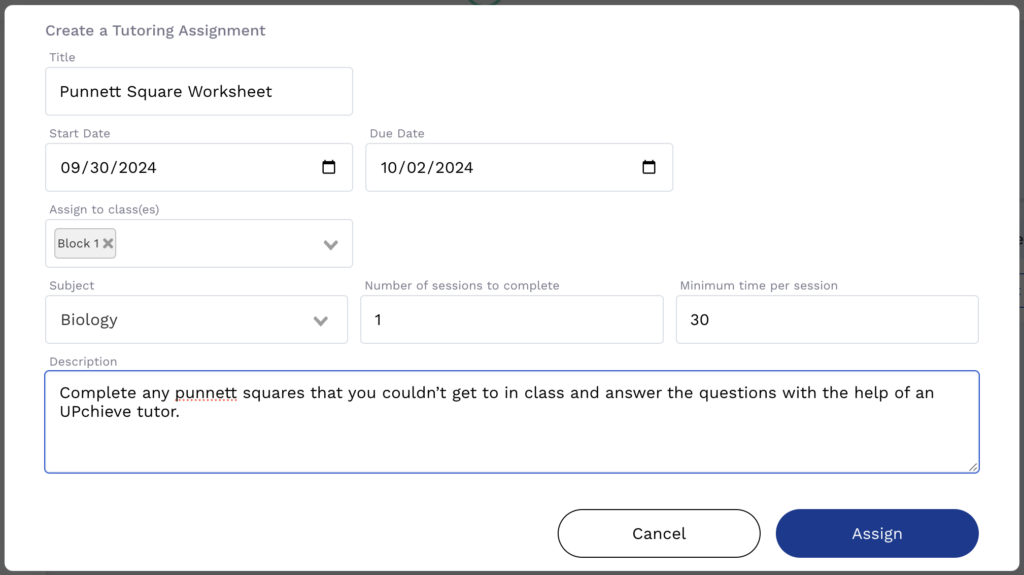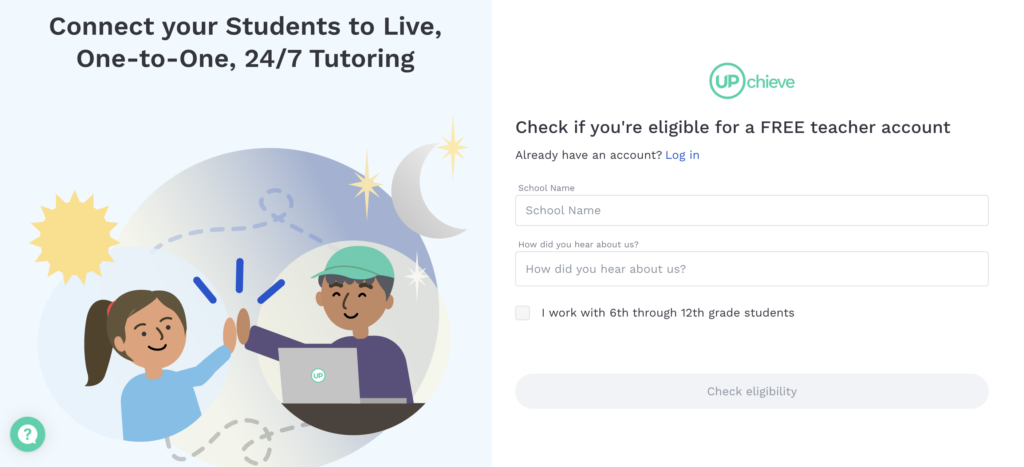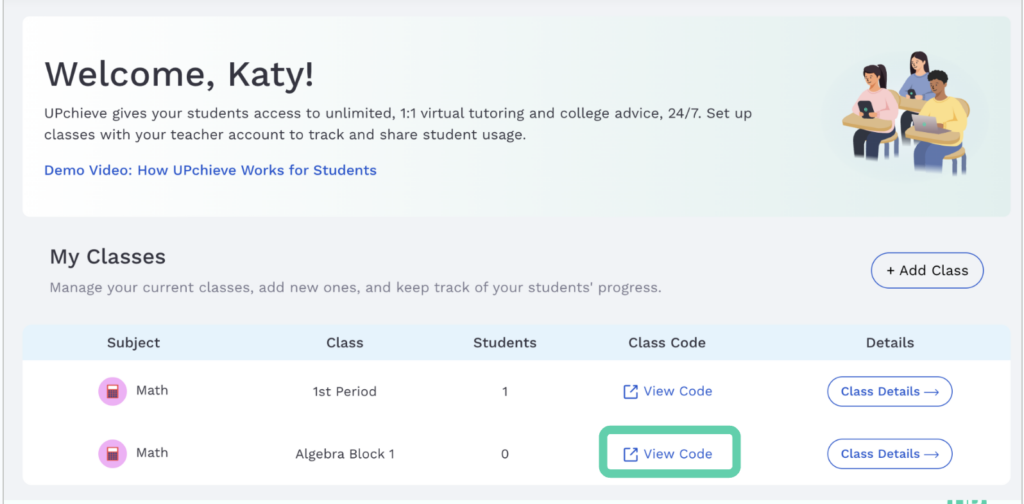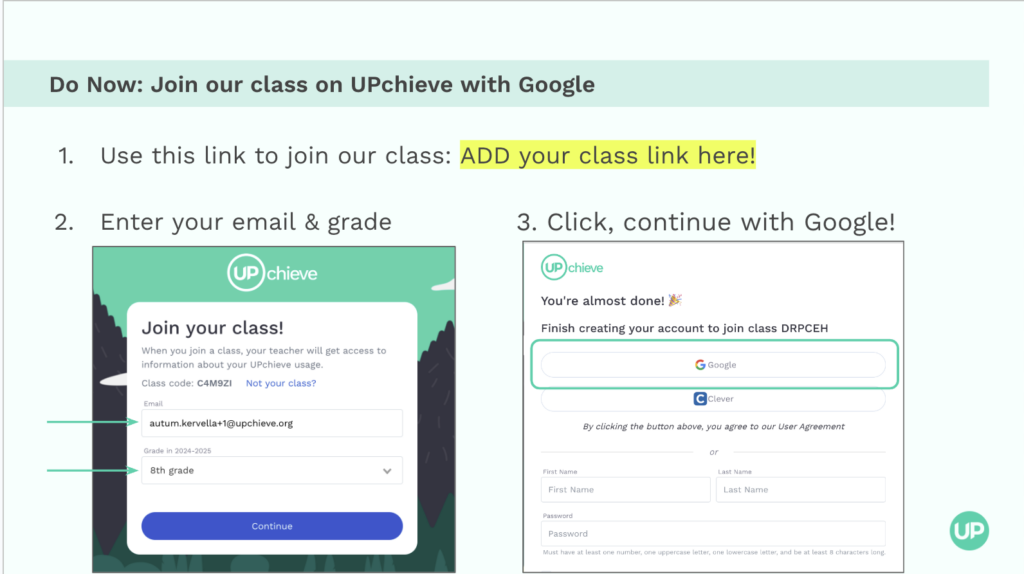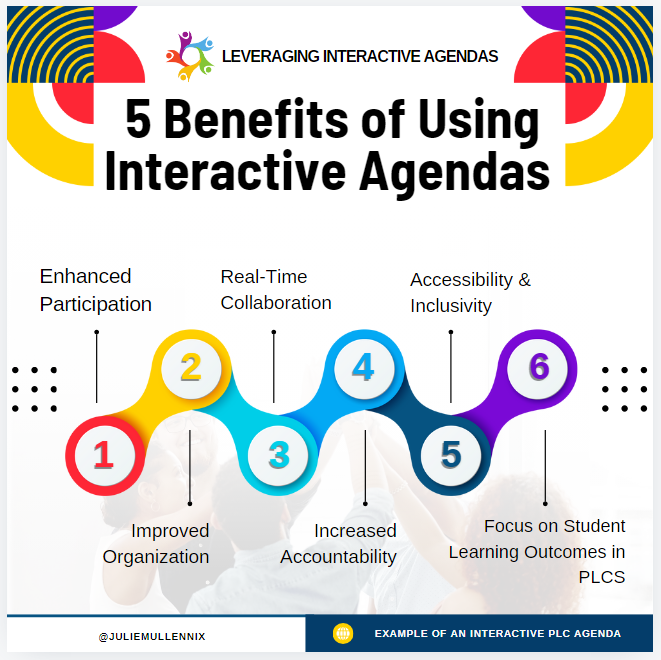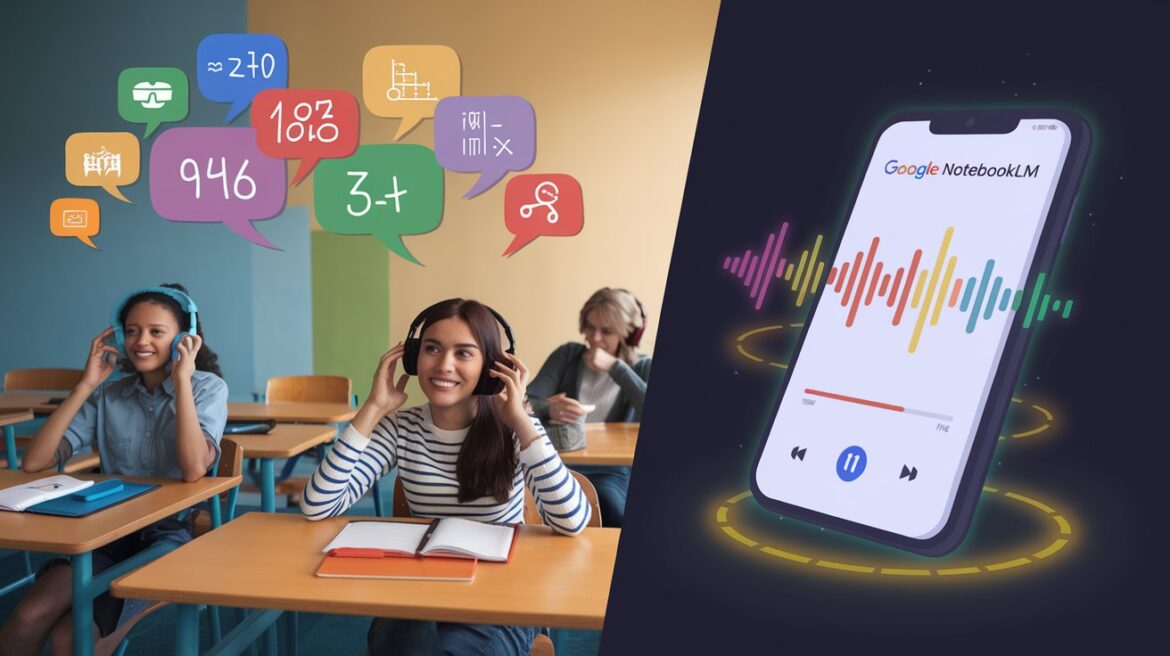Leading educational author George Couros has emphasized the importance of questioning what we do and why we do it as a foundation for true innovation. While “innovative teaching practices” has become a buzzword, it’s crucial to remember that unless what you’re adding leads to doing something both differently and better, it doesn’t qualify as real innovation. When I began my journey as a technology director four years ago, little did I know how many opportunities we’d have as a fast-growing school district to not only do things differently but have a chance to make it better. As an elementary principal, I’d had a lot of autonomy on my campus, but to lead a school district through an operations department? It’s been a whole new season of leadership through chaos! Here’s how our district is driving innovation through strategic technology initiatives, both big and small!
The Role of a Tech Director in Schools
Traditionally, the technology director in a school district would have worked their way up through technology channels. Many started their careers in entry-level IT roles, providing technical support to staff and troubleshooting software and hardware issues. As they gained experience, they may have moved into a more specialized role, managing the network or servers, supporting that very important infrastructure we all depend on. If they continued moving up, they’d then become increasingly responsible for all technology initiatives and the entire tech ecosystem, including budget, long-term planning, and staffing. We turned that traditional model on its head when I was hired and while that has had its bumps and bruises, I’d argue the changes we’ve made since then have had a significant positive impact on how we (all 8,000 Pirates) approach technology in our district.
Struggling to make time for innovation in your school or district? Check out our blog on Taking Time for Innovation!
Technology Initiatives Start with Educators
You’ve likely heard of the Butterfly Effect, the idea that small actions can lead to massive outcomes, like a butterfly flapping its wings in Brazil causing a tornado in Texas. My experiences coming from teaching and campus leadership have had a similar ripple effect. Considering and explaining the instructional lens for requests or needs was where I started.
Replacing Outdated Equipment
Updating teacher workstations was my first priority, regarding our technology initiatives. Asking teachers to lead in a technology friendly way started with replacing desktops with laptops. This allowed more flexible teaching practices and started the “innovate from within” concept. We had to get creative with finding sources but found a great partner to support a life cycle refresh plan. “Buy and die” technology is an outdated concept. Knowing we want our teachers to prepare students for tomorrow means we have to put relevant, current technologies in our educator’s hands. This year’s kindergartners will graduate high school in 2036… there’s no time to waste in starting a journey that will look differently than it did for most of our educators in classrooms today.
Offering Bite-Sized PD Opportunities
Next we prioritized professional development offerings by focusing on existing tools in their toolbox rather than overwhelming them with new ones. Considering the range of experiences in our classrooms currently, even adjusting the basics of educational technology integrations required careful, intentional effort. From Google tips and tricks to using devices in center rotations based on assessment results, we introduced a “Polly, want a tech tip?” in our district-wide newsletter. These quick, tweet-sized messages were designed to be something they could absorb quickly without an overhaul of their current practices. Our goal was to enrich instruction without adding more to their workload, making sure it was a manageable, meaningful manner of support.
Incorporating Student Feedback
Meeting with our high school students was an incredible opportunity to ensure students weren’t left out while seeking feedback for ways to improve our classrooms. Their feedback was so genuine and came from a lens of not only their reality but in easy ways our department was able to support their needs. A simple challenge? If a student didn’t have a color printer at home, there was no option in our small town to print projects or assignments in color. They would have to figure out how to travel to a neighboring town with a UPS store just to access color printing for their resources. Students want to be heard, but more than that, they want to feel supported in what they share. While it’s common for educators to hold high expectations, it’s equally as important to consistently provide a robust level of support.
Another piece of feedback from teachers and students was dissatisfaction with the antiquated projectors prevalent across the district. The brightness varied from room to room, and bulbs were increasingly becoming harder to procure and expensive. Instructionally, I could speak to the power zone all day long, but if a teacher was leading a lesson from behind a device, it limited what they could do. Collaboration was what we really wanted to see! Exploring options for interactive flat panels led to a three year overhaul where w’ve now removed all of the projectors and installed a BenQ in each classroom/training space. This solution features 4K resolution making images, videos, and presentations are sharp and easy to see, even from a distance. These panels come equipped with responsive touchscreen technology that allows for smooth interaction. Users can easily annotate, navigate, and collaborate in real-time, making it ideal for classrooms in K-12. By adding a balance box, which allowed the panels to be raised up or lowered, meant all of my learners became participants in their learning, even if they’re non-ambulatory.
Technology Initiatives: Function Over Glamour
These changes ensured that the goals I set when assuming this position—supporting collaboration, fostering innovation, and making technology the easiest aspect of our teachers’ and students’ days—began to take shape. Behind the scenes, we enhanced our infrastructure by increasing bandwidth, doubling the number of access points in our buildings, and updating every single IDF/MDF across the district. While these improvements may not seem glamorous, they are critical to ensuring the seamless functionality we aim for in our educational environment. Thankfully, our regional service center and a network of technology directors in East Texas served as invaluable sounding boards and support systems throughout this process, helping us navigate challenges and implement effective, better, dare I say innovative, solutions.

